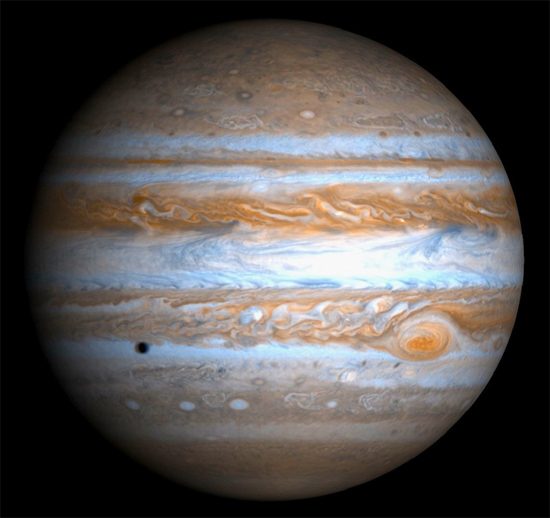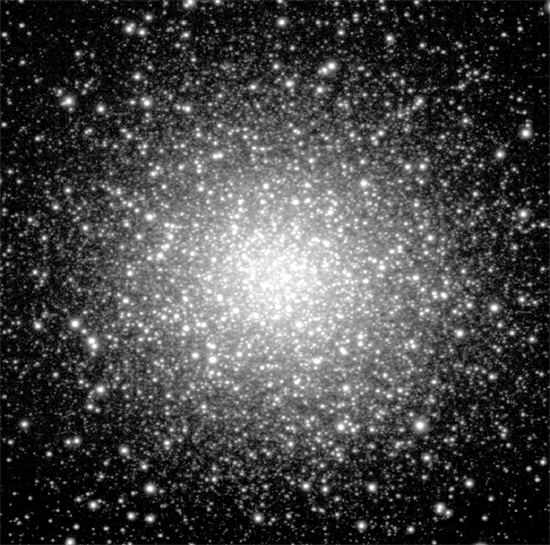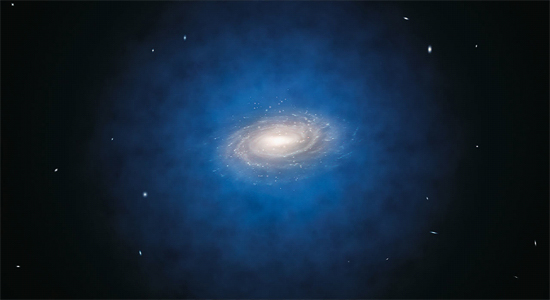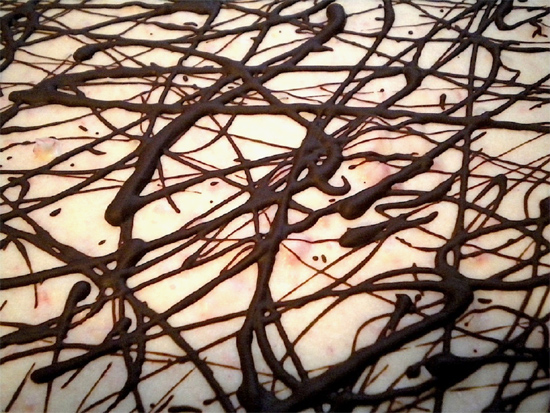Month: April 2012
Tiwanaku
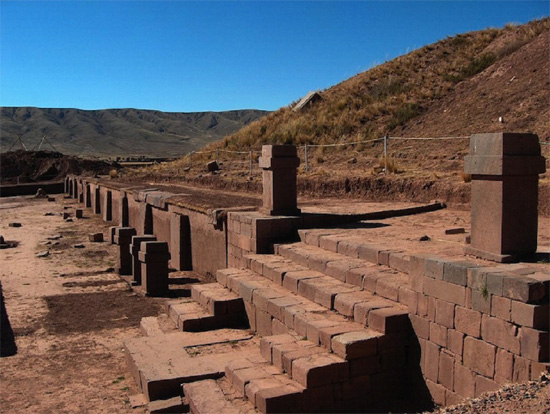
April 30, 2012 Did this ancient site experience a catastrophic end? Tiwanaku, or Tiahuanaco in Spanish, is a ruined citadel occupying almost 10 square kilometers in the Bolivian Andes at an altitude greater than 3800 meters. Carbon-14 dating methods suggest that the site is no more than 3700 years old….
Article 18 : Implications of the electrical explanation of mass and gravity – Part 3
A NEW PARADIGM OF SCIENTIFIC THOUGHT – THE ELECTRIC UNIVERSE (A VIEW FROM THE CAYMAN ISLANDS) by Bishop Nicholas Sykes It is important to bear in mind that Sir Isaac Newton never published any explanation for the transmission of gravity from one mass to another, for example from the Sun…
Two for One
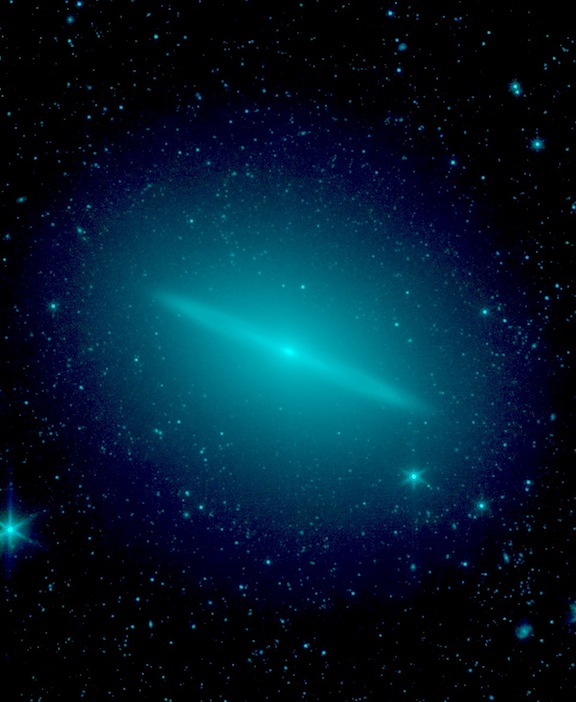
April 27, 2012 The Sombrero galaxy appears to be a giant elliptical galaxy with an embedded disk. One of the most significant contributions to plasma cosmology comes from Dr. Anthony L. Peratt, a plasma physicist and protégé of the Nobel laureate Hannes Alfvén. Peratt studied plasma formations in the laboratory…
Dawn of the North Wind
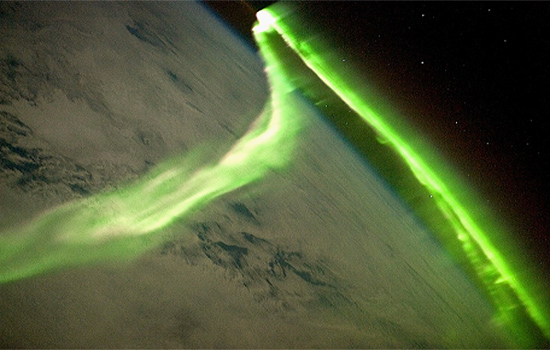
April 26, 2012 Earth’s aurorae demonstrate the electrical connection between our planet and the Sun. The Sun unleashed another coronal mass ejection (CME) on October 22, 2011, causing an outburst of colorful displays in nighttime skies as far south as Arkansas, in the United States. There is an electrically active structure called a magnetotail…
Cosmic Ions
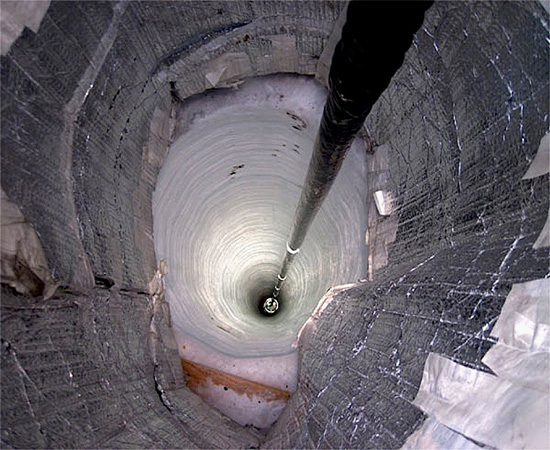
April 25, 2012 New studies suggest that the origin of the strongest cosmic rays is still mysterious. Cosmic rays are energetic ions from space that arrive in the Sun’s local neighborhood traveling at extremely high velocities. About 90% of all cosmic rays are single protons, or hydrogen nuclei, followed by…
Electric Spheres
The Missing Matter is Missing
Update – Dark Matter Recreations

UPDATE: April 22, 2012 Dark Matter ‘Missing,’ but Will Astronomers See the Light? On April 18, 2012, the European Southern Observatory issued a science release that has received international media attention, and has far reaching implications for the future of astronomy and the space sciences. The release discusses a…





